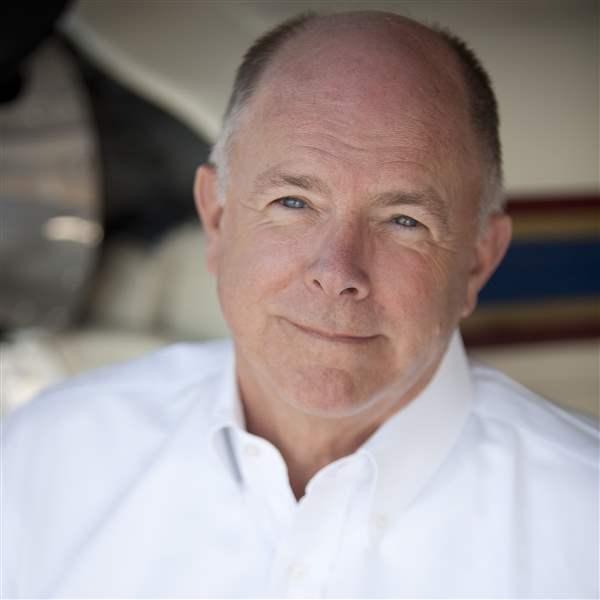From the editor: Filling the turbine pilot demand
Whence the next generation of pilots?
In 1980, there were 827,000 active pilots on the FAA register. By 2015 that number had fallen to 590,000 pilots. Even more alarming are the number of new private pilot issuances: 50,500 in 1980 versus 2015’s 16,500. That’s a 68-percent drop.
Meanwhile, Boeing says that it expects the worldwide demand for professional pilots to soar to 790,000 by 2037; 635,000 of them will be needed by the airlines, and 261,000 of those will be needed in the Asia/Pacific region. Boeing also says that the demand for corporate pilots will reach 96,000 in that time frame.
Why the airline demand? Forbes magazine claims that 42 percent of today’s airline pilots will reach the mandatory retirement age of 65 by 2027. That’s right around the corner. And the military, which for years supplied the airlines with large numbers of pilots, will have its own pilot shortage. Forbes also says that the U.S. Air Force will be short 1,000 pilots by 2022.
Yes, more airlines are doing their own in-house pilot training programs, but that can’t keep up with triple-digit shortfalls. It’s clear that more pilots will have to come from general aviation’s sagging ranks. But how?
AOPA’s You Can Fly initiative is making a difference. It won’t make up for a 68-percent drop in new pilots, but it’s a start. Others must step up to the challenge. Manufacturers could help.
In the late 1970s, right around the time the pilot population peaked, general aviation manufacturers sold some 17,000 new airplanes per year. This was no coincidence. This was a time when the big three—Cessna, Beechcraft, and Piper—had pilot training organizations linked to the nation’s FBOs. Cessna Pilot Centers (CPCs) were the most successful. You trained in new Cessna piston singles; studied CPC books and videos for ground school. To a cynic, it was a strategic move to sell brand-new Cessnas and build brand loyalty. But it worked.
Maybe manufacturers should think about reviving this concept. But I’m afraid they’re too yoked to producing larger, turbine-powered airplanes. In 20 years, who will fly them?
Email [email protected]

 The six-foot-long galley in the Citation Longitude provides an inviting welcome to those boarding the new business jet from Textron Aviation. Our report on Cessna’s largest jet ever is here.
The six-foot-long galley in the Citation Longitude provides an inviting welcome to those boarding the new business jet from Textron Aviation. Our report on Cessna’s largest jet ever is here.

